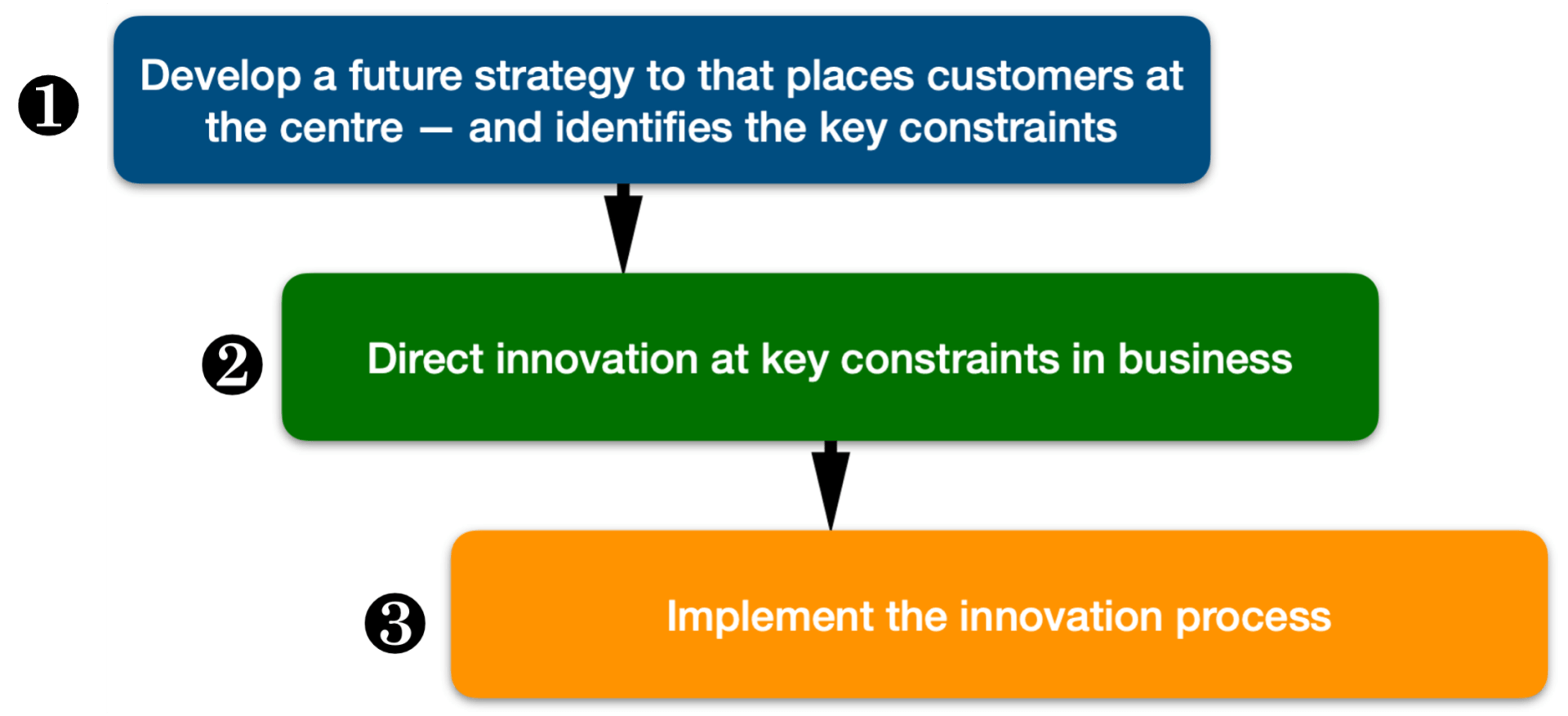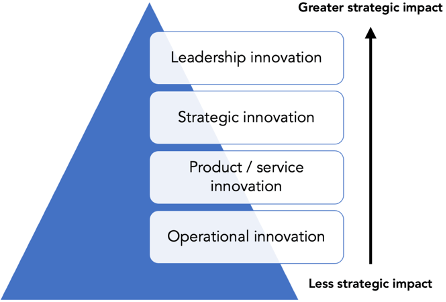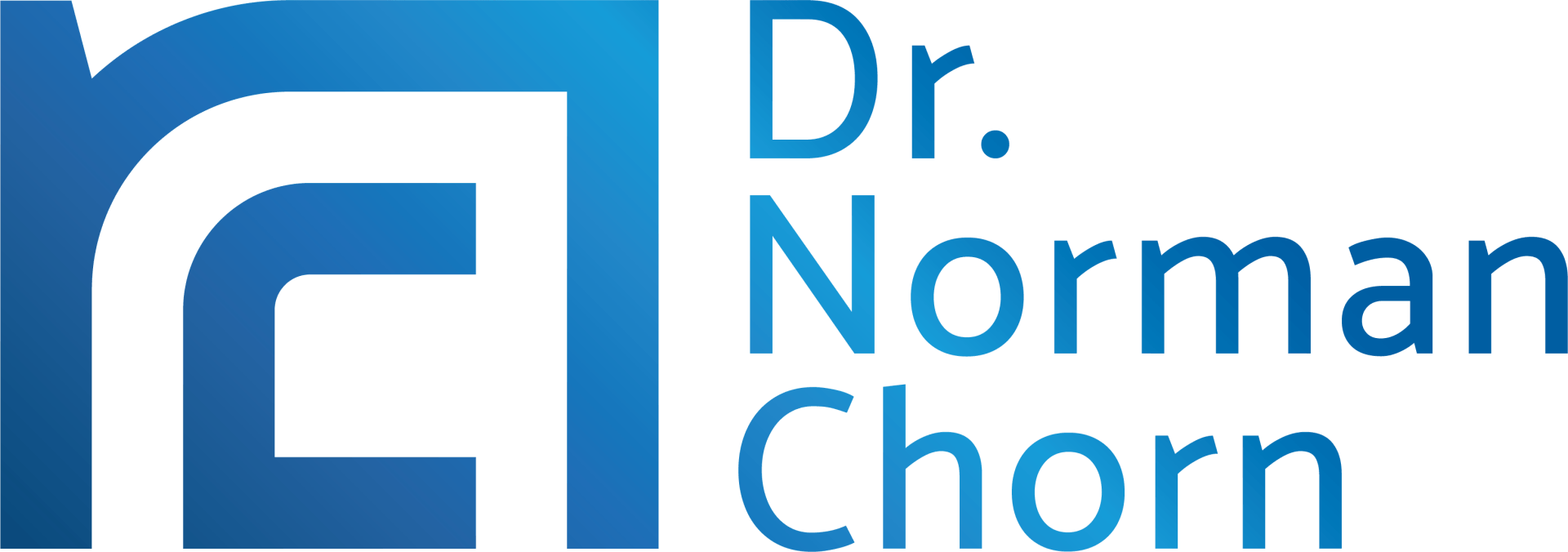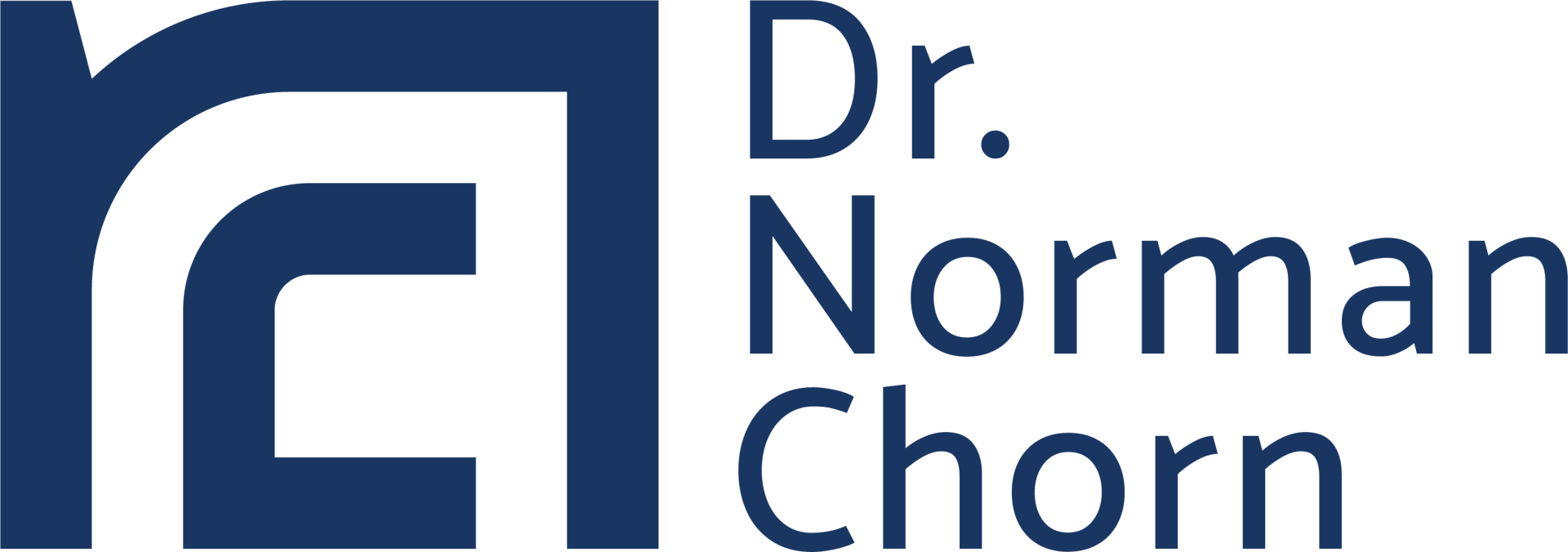What’s love got to do with it?
Most of us have, at one point or another, sat through a strategic planning session that addressed our organisation’s position in the marketplace, our mission and objectives, our strengths, weaknesses, opportunities and threats. Most of this is based on the assumption that we are under some form of attack from competitors and that we have to win in order for the business to be successful.
This “military” model reflects much of the traditional thinking about strategy — and makes sense when we recognise that the word strategy comes from the Greek word “strategos”, the art of the general.
The military model places competitors at the centre of our focus.
But what if there was a different way of thinking about strategy? What if we thought about strategy as LOVE instead of continually thinking about strategy as WAR? What new insights would that afford us? What are the implications for organisations as they plan for their futures?
Putting customers at the centre
Instead of competitors being the centre of our focus, strategy as LOVE places the customer as the core focus. The customer now becomes the driving force. And we begin our strategy discussion by deeply understanding the customers’ requirements and focus on how we can add value to customers in the most effective way.
Instead of trying to beat or imitate our competitors, you begin by understanding the customer — and then building a value proposition that is unique, differentiated and adds significant value to the customer.
How does innovation fit into this strategy?
Innovation is a powerful process that opens up new opportunities for growth and success for the business — in many cases by rethinking the customer value proposition.
But what is the connection between innovation and strategy?
In essence, innovation is a process for breaking constraints that may limit the business.
Strategy is a process that identifies where the constraints are — ie: what constraints need to be broken.
So, how do we develop an innovative strategy that places the customer at the centre of focus?
Developing an innovative strategy
There are essentially three broad stages to developing an innovative strategy:

Stage 1: Develop a future strategy
The purpose is to develop a customer-centred strategy that articulates your future aspirations, customer value proposition, and the capabilities you would require to be successful in a competitive market.
Depending on the levels of uncertainty in the environment, you may choose to use a process such as scenario planning or a more conventional business planning process.
This strategy would also indicate the key constraints that prevent the business from successfully implementing the future strategy.
Stage 2: Overcome constraints and focus the innovation process
Since you now understand where the constraints exist, the innovation process can be used to address these constraints and identify new opportunities.
Innovation can be defined at 4 key levels — and the process can be focused at where the greatest opportunities and constraints exist.

- Leadership innovation challenges the very concept of the organisation and its future in the market
- Strategic innovation explores the business model and how the business interacts with customers via its value proposition
- Product / service innovation tests the product and service offerings of the business
- Operation innovation has a focus on improving the efficiencies and effectiveness of the operational activities in the business.
Stage 3: Implement an effective innovation process
An effective innovation process reduces the risks involved in making radical changes and improvements in the business.
In essence, it allows the business to move from leaps of faith (with high risk) to leaps of logic (1), with numerous incremental gains and continuous learning and adjustment.

Source: wave.design
Bringing it all together to develop an innovative strategy for the future
The three stages above will ensure that any innovation process not only takes place within the context of the overall business strategy — it also allows us to explore new opportunities and growth opportunities for the business in the future.
All with the customer at the centre.
References:
(1) *Dr Munib Karavdic, wave.design
About Dr Norman Chorn
Dr Norman Chorn is a highly experienced business strategist helping organisations and individuals be resilient and adaptive for an uncertain future. Well known to many as the ‘business doctor’!
By integrating the principles of neuroscience with strategy and economics Norman achieves innovative approaches to achieve peak performance within organisations. He specialises in creating strategy for the rapidly changing and uncertain future and can help you and your organisation.
Subscribe to our regular articles, insights and thought leadership




